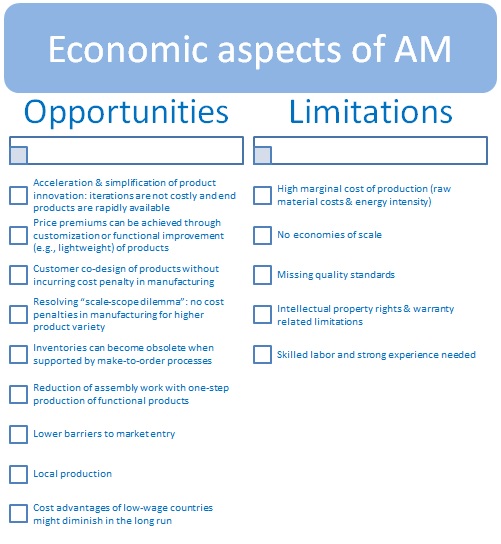
Background
The first 3-D printer was started by Hideo Kodama back in 1981; he used the technique called “additive manufacturing,” a sequential layer by layer process starting out in the digital stage/modeling where an identical virtual image to the physical product is made to the printing stage that have fusions of layers setting the foundation for the final object to, finally the finished product stage (Pirjan, Petrosanu 2013). In other words, the “additive” part in the making of a product means that the desired product is created out of many complex component parts that tie together to form the end final stage. Whereas, the opposite, “subtractive” manufacturing entails forming a final product out of a predetermined material, akin to carving a sculpture out of raw clay. It is interesting to note that these two processes are almost identical to the biological process found in nature consisting of anabolism and catabolism. In anabolism, several tiny proteins form together to form giant amino acid chains, while in catabolism, the amino acid chains reduce to single components. It looks like we took this natural principle and applied it to technology.